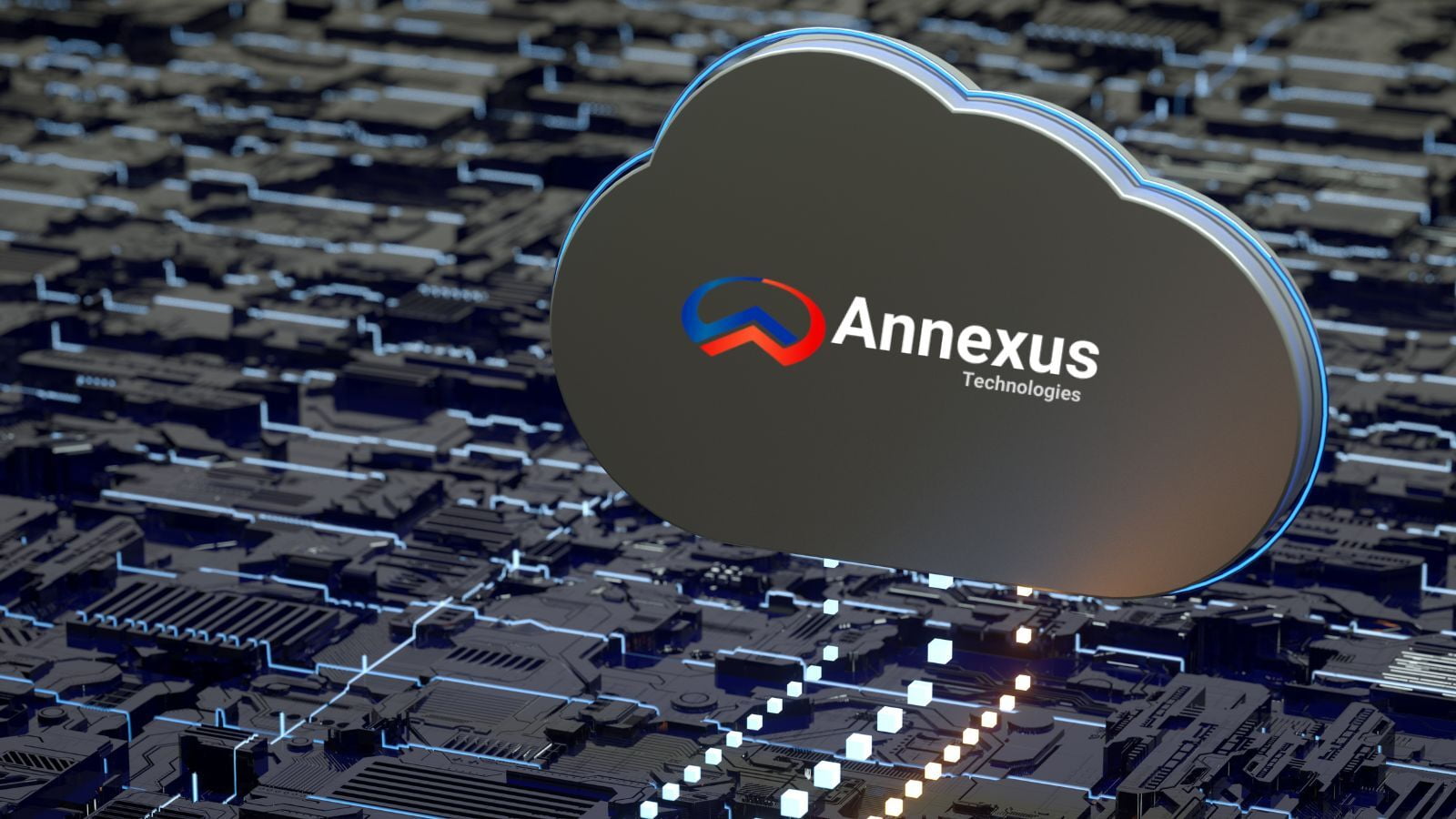To help cut expenses, produce income, and have a beneficial effect on residents, data may be used in the public sector in three important areas.

The public sector is becoming more and more aware of the potential benefits that may be obtained from big data as governments produce and gather enormous amounts of data via routine operations. The Digital, Data, and Technology function, which strives to support departments in making the best technological decisions and enhance digital services, helped the UK government save £142 million in 2021.
Data may be utilized to demonstrate value in the public sector in three main areas: planning and anticipation, delivery, and monitoring and evaluation. In the sections that follow, we examine how data in these three areas might help save expenses, generate income, and benefit residents.
Planning and Anticipation
The NHS has been utilizing data to predict the requirement for hospital resources like ICU beds and ventilators during the COVID-19 epidemic. The capacity to plan ahead for significant events like these and natural catastrophes helps guarantee that resources are deployed in the most effective way, preventing budget from being squandered on unnecessary resources. Sharing or merging data sets raises the usefulness of the data when utilizing it to forecast events. In Somerset, GPs and hospitals already share information to help identify patients who are most likely to need hospitalization. This forethought has resulted in a 30% reduction in hospital admissions in the area.
Delivery
When it comes to delivery, data may be utilized to reduce costs and improve the quality of services offered to residents. Data may be utilized, for instance, to enhance website user experience or to power chatbots that respond to common questions from citizens. For government tasks that people feel comfortable handling on their own, like paying taxes, renewing a passport, or paying a parking ticket, digital tools are especially helpful.
Through enhancement of digital services, you may free up government employees' time so they can work on more complicated problems or help residents who can't utilize technology. Real-time data may also be utilized to forecast rising demand across service centers and telephone help lines, allowing people to be placed where they are most needed. As a result, citizens may obtain government services more quickly, while the same number of employees can still handle everything.
Data may also be utilized to expand the range of public sector services. Data is already used by Leiden University Medical Center to support cutting-edge healthcare projects including AI-assisted diagnostics and at-home patient monitoring. These resources not only assist decrease patient admissions and save hospital staff time, but they also raise the standard of patient care.
Monitoring and Evaluation
Once you've implemented these new services, you want to confirm that they're providing the value you anticipate. ROI is simple to calculate for government programs that produce income. For instance, HM Income and Customs' data model that identifies those who are most likely to be tax non-compliant, either via mistakes on their tax forms or purposeful tax evasion, generates an estimated additional £200 million in government revenue each year.
Data insights may also help public sector organizations identify the services that residents use most frequently so they can raise investment there while at the same time decreasing spending in less frequently used areas.
Choose a value and adhere to it.
Following the value in your data enables you to go forward purposefully and have a significant influence on residents, in addition to helping you do more within your budget. Please get in touch with us if you're interested in learning more about the importance of data in the public sector.
